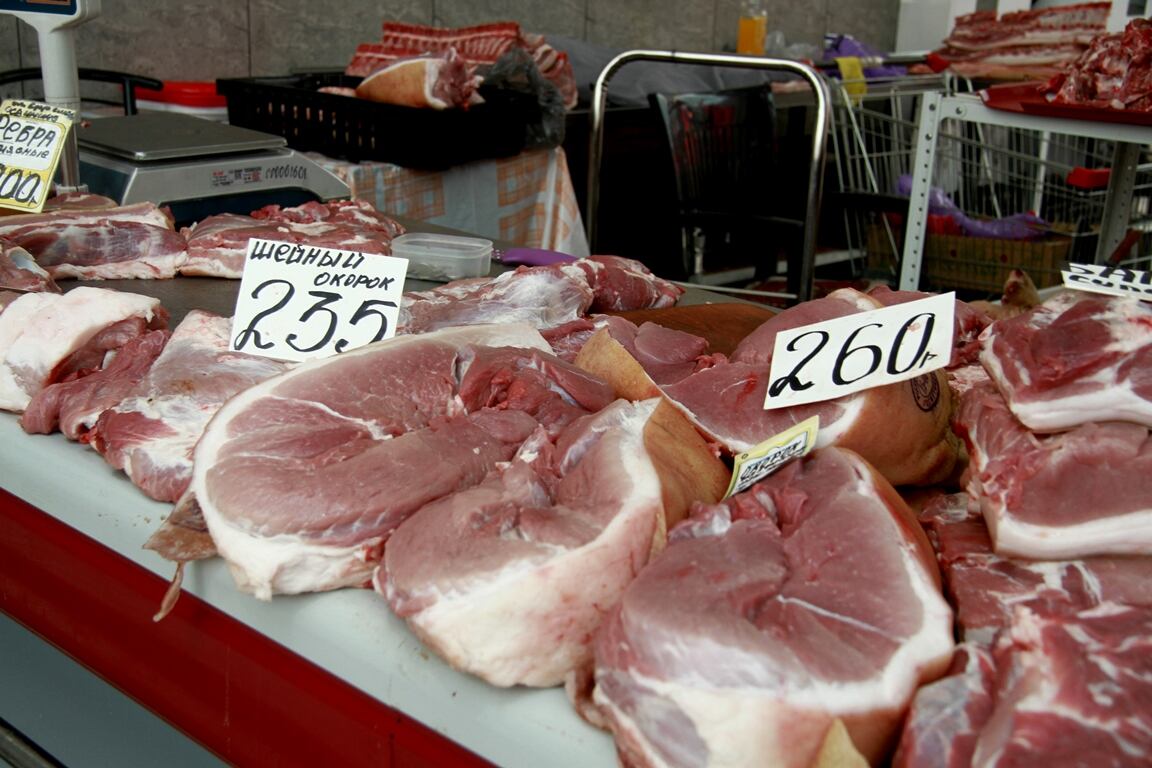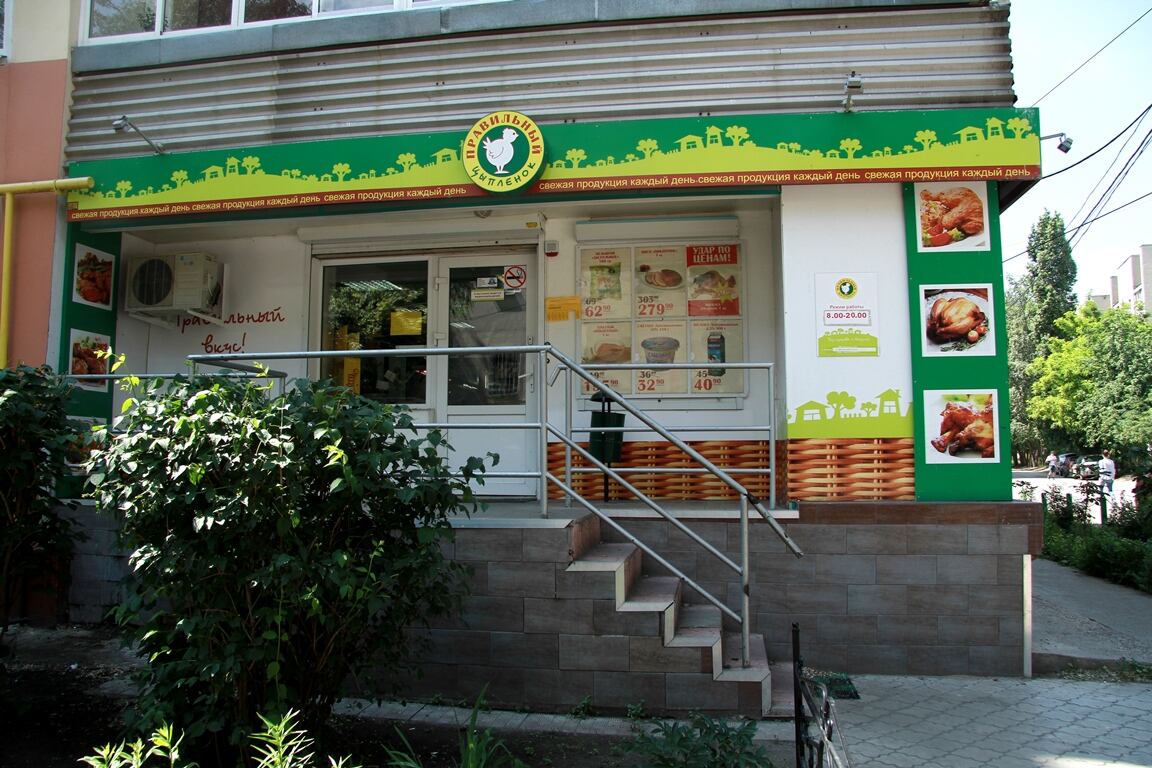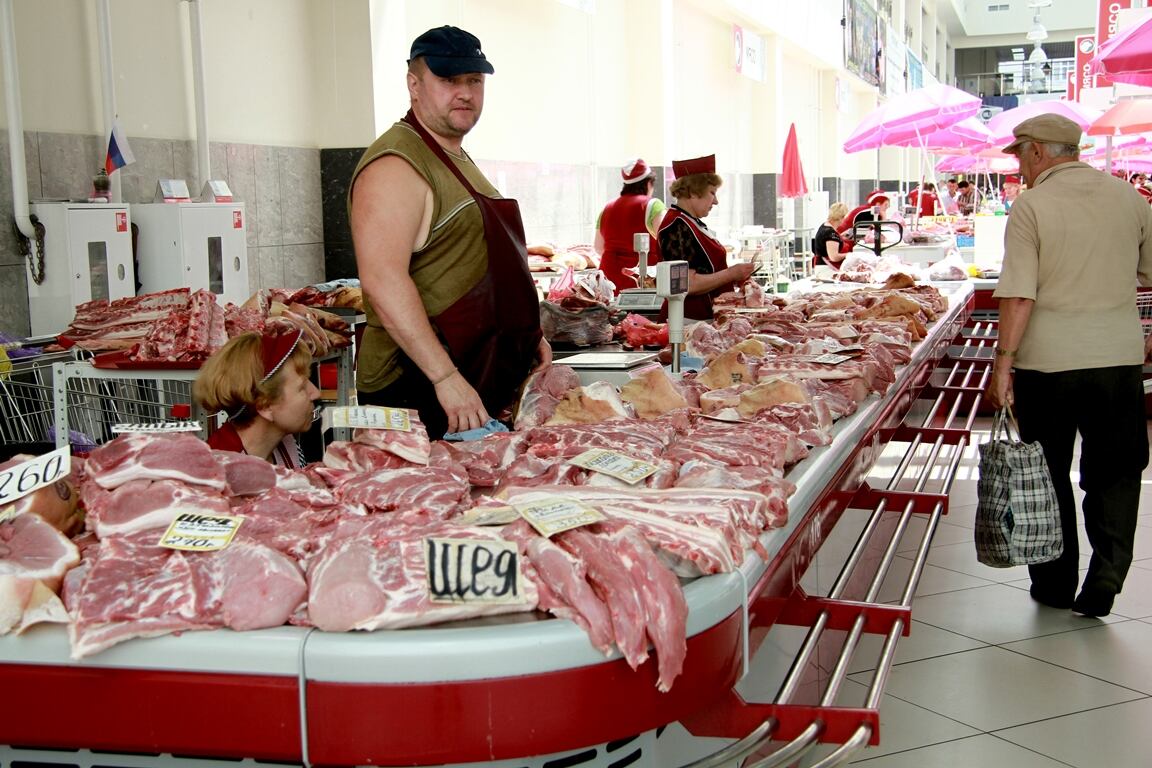Since the early 2000s, meat consumption in the country has jumped up by nearly 70%, from 41kg per capita, due largely to growth in consumers’ real incomes.
Representatives from the country’s government have said they are proud of this result, despite the fact that Russia still arguably has one of the most uneven structures of consumption compared to all other European countries. Various market studies have indicated that 10% of the wealthiest Russian citizens consume six times more meat than the poorest 10% of citizens.
According to Konstantin Laikam, deputy head of Rosstat, the study, conducted by the department in 2014, indicated that 73% of Russians buy meat at least every other day. "According to international criteria, these [meat] products should be consumed at least once in two days. And we have only 27% of households which are not able to do that," he claimed.
According to Rosstat in 2014 the volume of meat consumption in Russia decreased by 1-2% and, according to a forecast from the head of the Russian Meat Union Sergei Yushin, it could drop by a further 5-6% this year, which will mostly likely hit the poorest levels of society. According to a population survey conducted by the organisation, approximately 32% of Russian citizens have been spending less money on meat this year, with 30% decreasing their spend on sausages.
According to data from various statistical services, the average Russian citizen’s spend on food jumped from 36% in October 2014 to 50% in May 2015, due to the devaluation of the Russian ruble and further price increases in the domestic market. The average Russian household spends RUB1,800 (US$32) per week, so food spend for an average household makes up about 13-15% of monthly wages, given that average wages in Russia are approximately RUB23,000–25,000 (US$407-US$443) per month.

Russian consumers’ purchasing decisions are largely affected by price – with probably only one exception as 86% of all consumers opt for chilled meat, rather than frozen, despite the fact that chilled meat is traditionally 10-15% more expensive.
In terms of the structure of meat consumption, it has changed significantly over the past two decades. For example, in 1995 the most popular type of meat in Russia was beef - it accounted for 45% of all consumption, or 21.5kg per capita. In second place was pork with a share of 14.5kg per capita. The share of poultry was only 22% with an average consumption of 10.5kg, while other kinds of meat accounted for about 3%.
By 2014, 45% of all meat consumed in the country was poultry (30.6kg per capita). The share of pork was 33% or 22.4kg per capita and beef 19% or 12.9kg per capita. Forecasts from the Russian Agricultural Ministry are that, by 2020, the share of poultry should grow to 50% (37.5kg per capita), with an overall volume of meat consumption of 75kg per capita.
The share of pork would be the same, so its consumption should amount to around 25kg per capita, while the share of beef looks likely to decrease to 15% (11.2kg per capita). However, the current crisis is likely to upset government plans, as meat consumption in general is forecast to decrease throughout 2015 and 2016. A decrease in consumption will also limit price growth and will probably hamper further development of the retail trade.
The retail meat sector is also undergoing significant changes. Results from a number of opinion polls have estimated that 49% of Russians in cities buy meat in supermarkets and hypermarkets, 28% in speciality butcher’s shops and the remaining 22% at meat markets and fairs. Over the past 10 years the share of the last category has been in rapid decline, due to the emergence of large supermarket chains that offer meat of almost the same quality, but are located not far from home.
Specialised butcher’s shops are a relatively new phenomenon in the Russian market. They are usually small in format, with an area of 20-30 square metres. Traditionally, they offer products directly from the manufacturer, so the end-consumer prices tend to be lower than in supermarkets. A number of industry experts have said that in 2015, given the economic crisis, this factor will boost the popularity of such stores.
However, these figures differ for small towns and villages with a population below 50,000. Here the share of markets and fairs accounts for 70% of all meat sales. So specialised butcheries can only be found in big cities, while in small towns and villages there are usually no more than one or two supermarket chains.

In fact, the overall retail sector is suffering from numerous problems that are also hampering the development of the meat industry in the country, according to the head of the Industry Ministry of Russia, Denis Manturov. In early June he proposed decreasing the fee that suppliers pay retailers, from 10% to 3%, and prohibiting any other fees, as many retailers use them as bribes to allow particular products to enter the grocery shelves.
He also proposed stimulating the development of small-scale retail and encouraging small producers to compete with the larger holdings. This could prove to be an important milestone, as in recent years small-scale producers have faced problems in getting their products to market. As a result in the past 10 years, the share of meat products from the largest players has jumped from 71% to 92% for poultry, and from 33% to 68% for pork, according to information from the head of the analytical agency Agrifood Strategies, Albert Davleev.
In recent years, a number of suppliers have complained that in addition to the usual fee of 10%, Russian supermarket chain Diksi has been requesting a fee of 15-20% for outlay on "marketing and logistics". The same accusations have been made about Metro Cash & Carry and a number of other supermarket chains, which are believed to have set an ‘entry fee’ for agricultural producers. All the retail chains deny these claims.
The situation is also of concern to large meat producers. "The entry fee is a competition tool. We can pay additional money to not only get our products on the grocery shelves of a retailer in a particular region, but also to not allow our competitors’ products to get there. And this activity is not illegal, as we sign an agreement on providing some additional service – usually in terms of marketing and advertising," commented a representative from a meat processing plant, who wished to remain anonymous.

According to him, the overall fees can reach 30-35% of the price of a product, which has prompted some of the largest companies, such as Miratorg and Cherkizovo, to develop their own retail chains. Almost all major meat producers in the country are considering similar moves.
Thus, according to the head of Miratorg, Viktor Linnik, the company invested RUB20bn (US$660m, based on the exchange rate of 2012) to launch its own retail chain of up to 500 large shops, with an area of more than 1,000 square metres each. In 2013 the company opened 86 shops, but the project failed as, by 2014, expansion had already stopped and the company closed 55 of those outlets.
Dmitry Sergeev, press-secretary at Miratorg, said the company has not abandoned the development of its retail segment. It attracted Dutch company JosDeVries to develop a new shop format and it is understood that the company will now open smaller shops in the format ‘close to home’.
Cherkizovo’s management also believes the development of a retail segment is an attractive idea, given the current status of the market. According to the company’s CEO Igor Babaev, the company owns 150 shops, which in years ahead will double to 250-300, enabling the company to increase the sales of meat through its own retail chain.
Meat retailing in Russia is also complicated by the markets and fairs, as there are many administrative barriers to overcome, and widespread corruption. There have been several reports of small-scale meat producers facing extortion from representatives of authorities so that their products get to the market with no waiting time. Denis Manturov said it was necessary that, within the current reform, all administrative barriers should be eliminated, so that small producers were able to get their products on sale.
